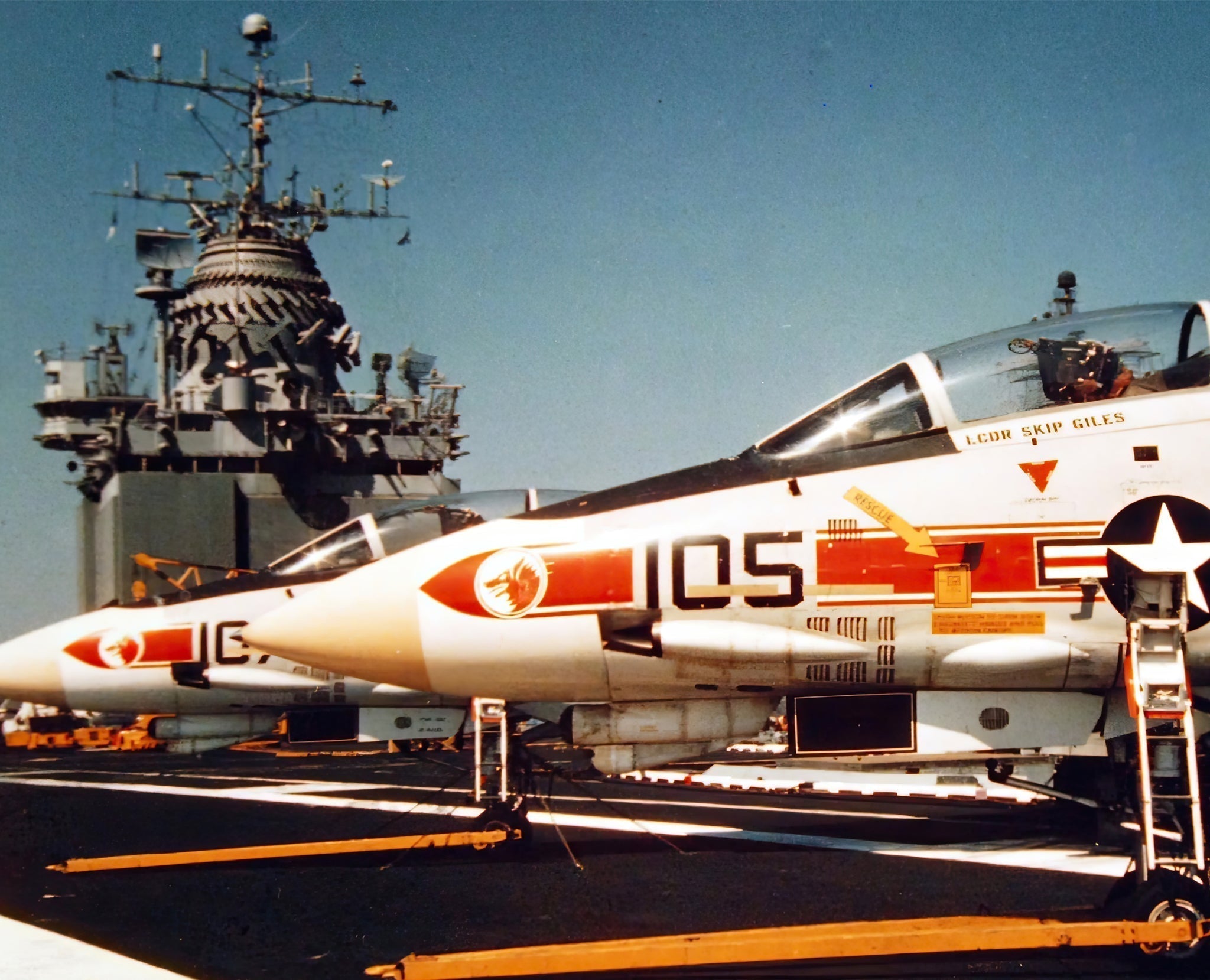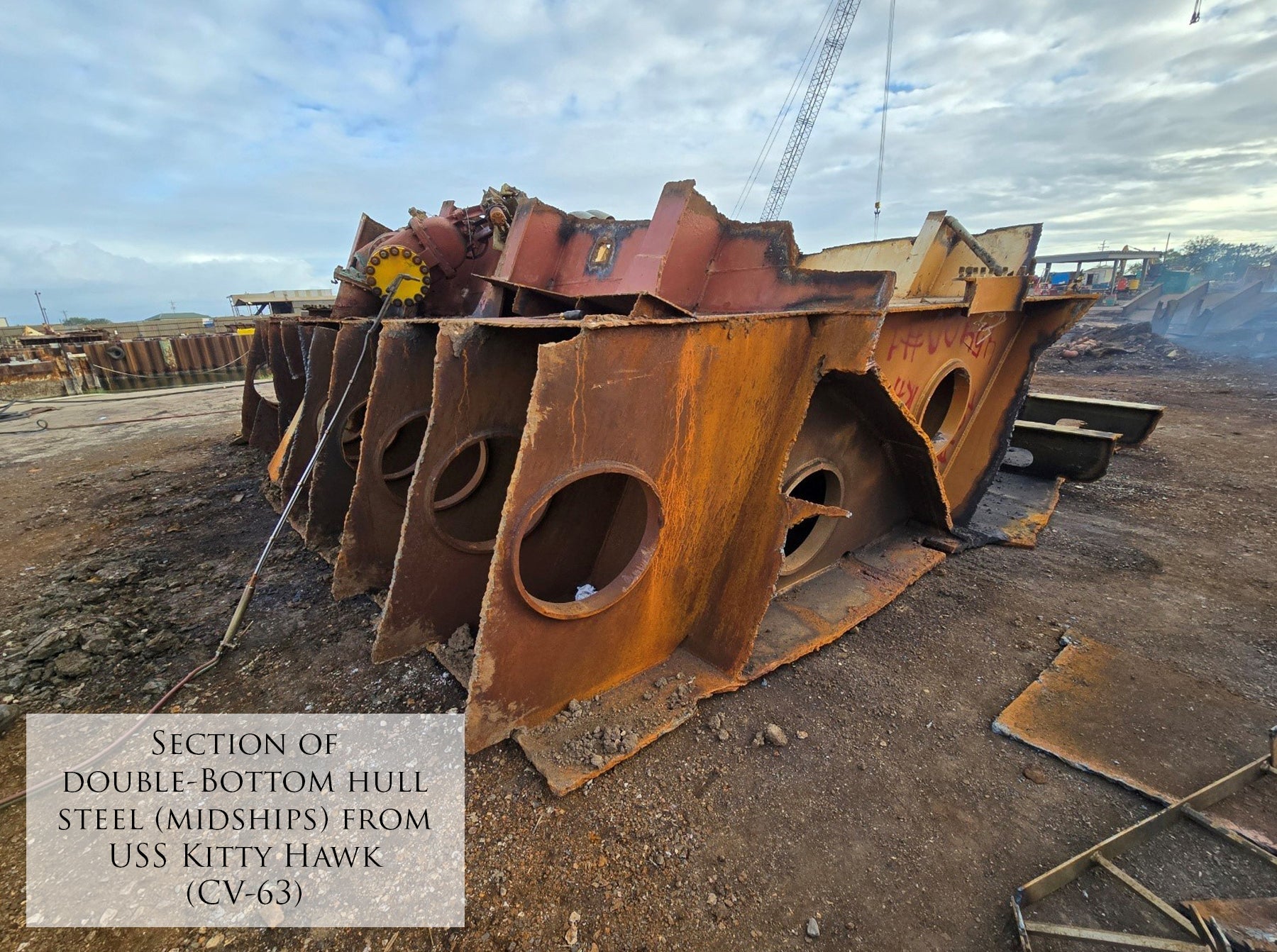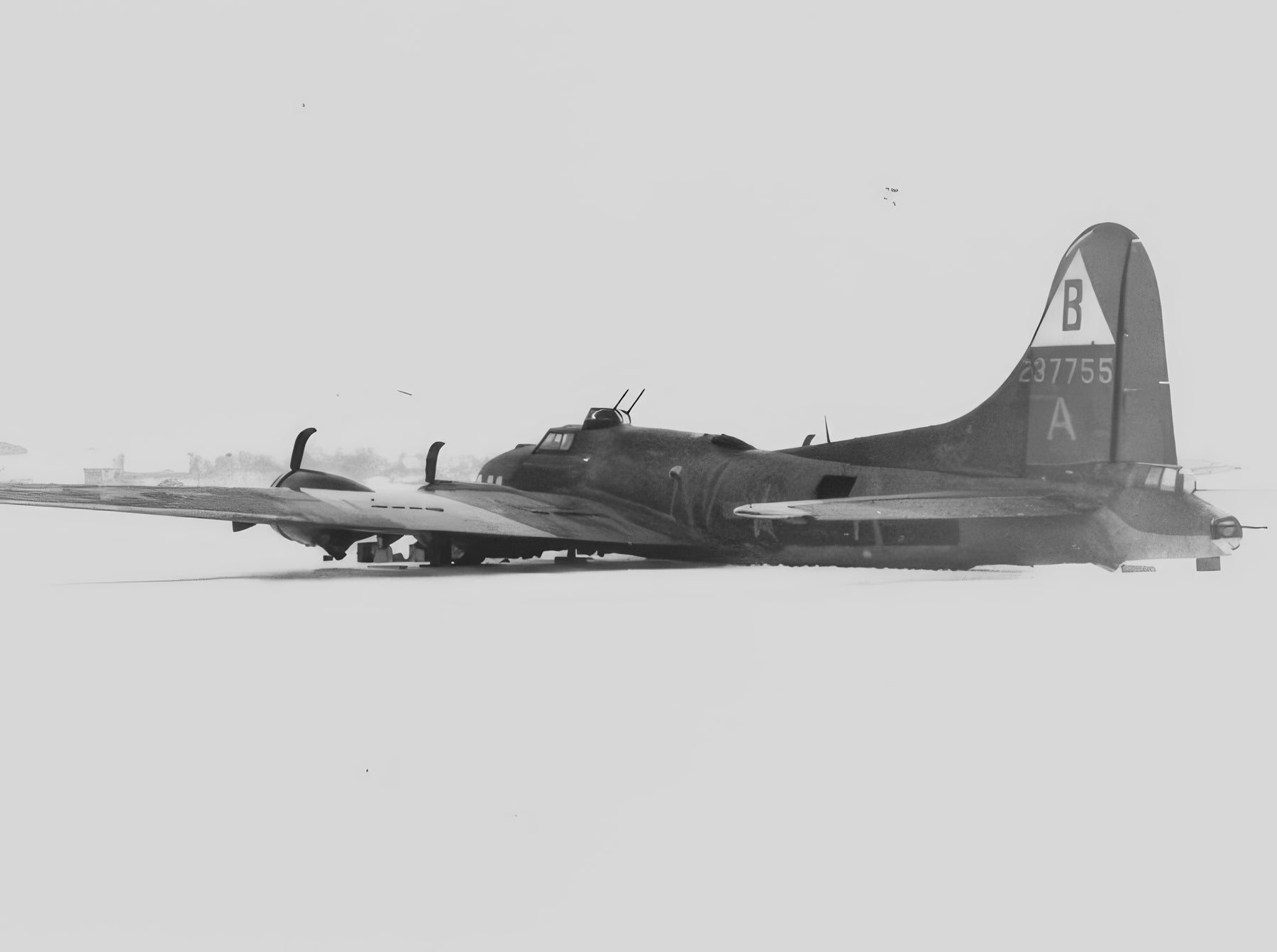First Claws Forward: The F-14A Tomcat’s Debut with VF-1 “Wolfpack”
By Craig Tinder | Aces In Action Historical Blog
When the F-14 Tomcat made its fleet debut in the early 1970s, it represented a generational leap in naval aviation. Armed with twin engines, variable-sweep wings, and the long-range Phoenix missile system, it was purpose-built to intercept Soviet bombers at standoff range. But before it could become the icon of the Cold War, the Tomcat had to prove itself—starting with its first operational deployments aboard USS Enterprise (CVN-65).
The very first F-14A Tomcats deployed on the USS Enterprise.
Fighter Squadron 1 (VF-1), known as the “Wolfpack,” was established in 1972 and became one of the very first units to receive the F-14A. Their first deployment aboard Enterprise began in 1974, culminating in the Tomcat’s combat debut during Operation Frequent Wind, the final U.S. evacuation of Saigon in April 1975. VF-1 and sister squadron VF-2 flew combat air patrols to defend American helicopters extracting more than 7,000 people during the fall of South Vietnam. These missions marked the first time the F-14A was used operationally in a combat theater.

The first two F-14 Tomcat Squadrons - VF-1 & VF-2 aboard the USS Enterprise.
In 1976, VF-1 returned to the Western Pacific and Indian Ocean aboard Enterprise during a turbulent geopolitical period, prepared for rapid deployment during the Uganda hostage crisis. While direct action was ultimately avoided, the carrier’s presence underscored the Navy’s power projection capabilities. By 1978, VF-1 completed its final deployment aboard Enterprise before the ship entered mid-life conversion. Though their time aboard the legendary carrier was brief, VF-1’s early deployments laid the groundwork for decades of Tomcat dominance—and set the tone for the aircraft’s reputation as one of the most capable naval fighters ever built.
To purchase or see similar items, visit here.
Commissioned by Museums, Treasured by Collectors




Share:
Silent Strike: Behind the B-2's Midnight Hammer Mission
Dottie G: The First B-17G to Reach Switzerland